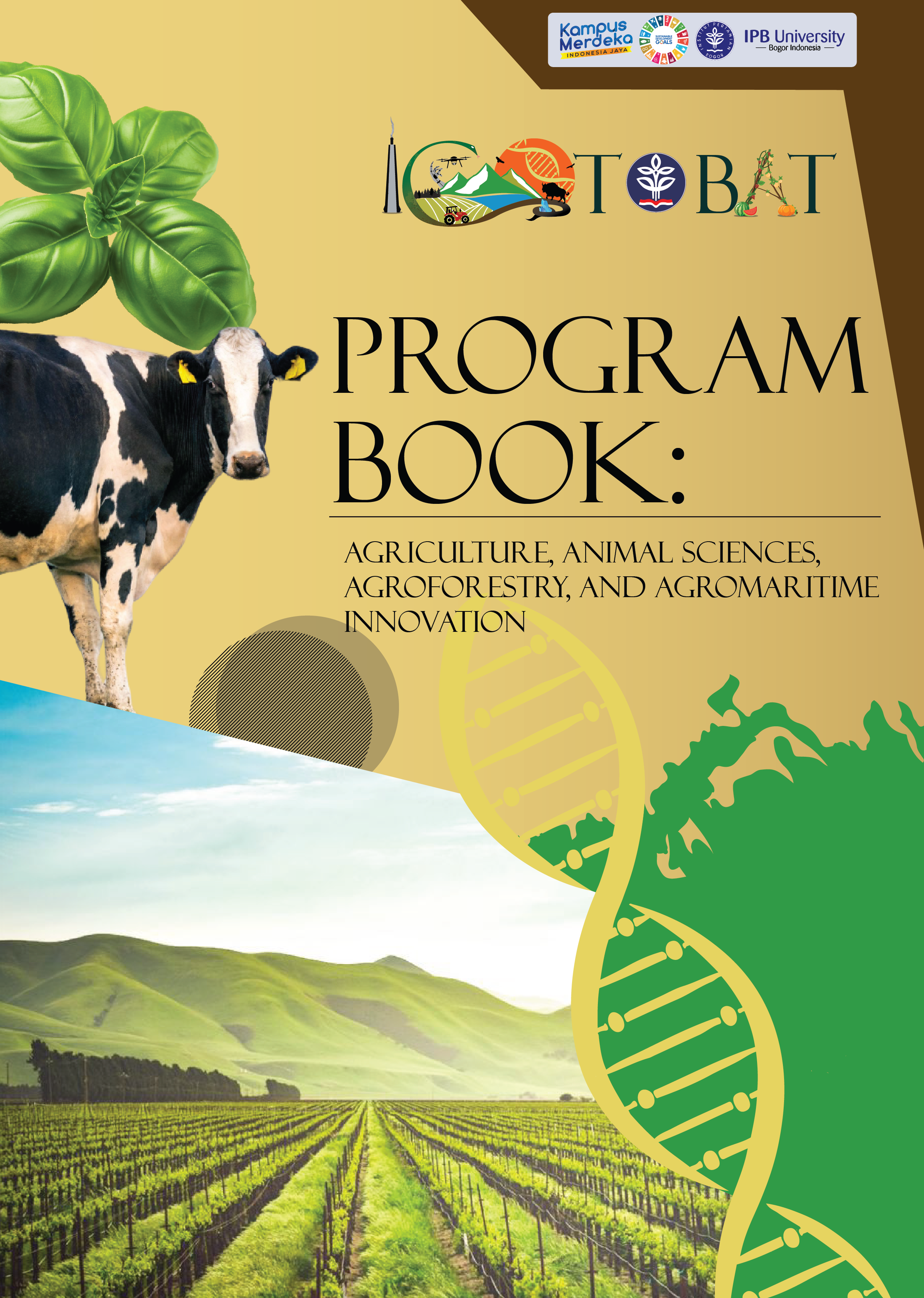IDENTIFICATION OF PATHOGENS CAUSING LEAF BLIGHT ON JATI IN THE NURSERY PT. SOLUSI BANGUN INDONESIA
Keywords:
Curvularia, Rhizoctonia, VerbenaceaeAbstract
Teak is commonly used as a revegetation plant because of its ability to live on critical land and its vigorous defense system against disease attacks. However, it must be recognized that teak plants can still be attacked by disease. This study aims to identify pathogens that cause leaf blight in teak in the nursery. This research method includes field observations using the census method and Koch's postulate test. Field observations showed that the area of leaf blight attack reached 93%, with widespread disease characteristics in brown necrotic areas. Koch's postulate found S1, S2, S3, and S4 isolates. The microscopic identification of pathogens showed that isolates S1 and S2 were Rhizoctonia sp. with characteristic characteristics of leafy hyphae adjacent to branching, a branching angle of 90 °, no spores were found, and an irregular moniloid structure. Isolates S3 and S4 are Curvularia sp. with characteristics of hyphae that are septate. Conidia consists of 4-5 cells with one enlarged cell in the middle, and the cell color on the outside or tip tends to be transparent.






























